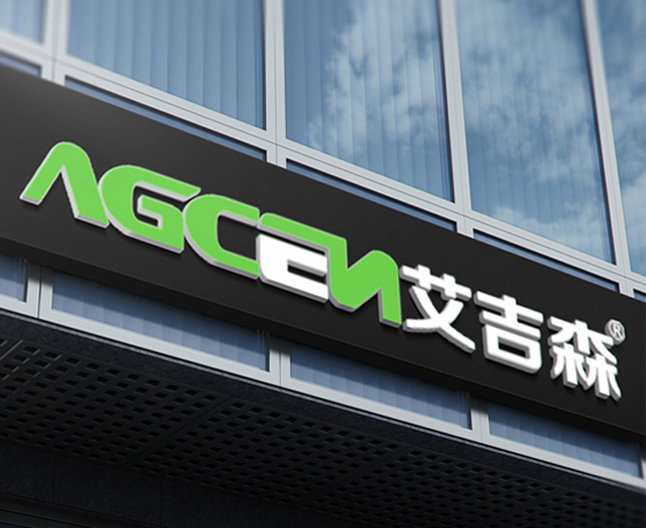
China's air purifier ranking will change dramatically in 2016
Release time:
2017-06-16
In March 2016, the GB/T18801-2015 "Air Purifier" national standard was formally implemented. Soon after, domestic mainstream e-commerce and many air purifier companies jointly signed and issued the "Declaration of Commitment for the Implementation of the New National Standard in the Air Purifier Industry". Recently, the Ministry of Environmental Protection The news that the green product standard for the air purifier industry will be formulated in the second half of the year came out. This series of phenomena shows that China's air purifiers are beginning to get rid of the era of "barbaric growth" and begin to enter the stage of standardized development.
In 2013-2015, when the air purifier market began to erupt, many brands relied on methods such as cost reduction and false propaganda to expand wantonly, forming a phenomenon of "bad money driving out good money" and destroying the overall reputation of the market. Statistics show that the sales volume of air purifiers in 2015 was 9.6 million units, down 13% from 2014. Among them, 4.05 million domestic sales, down 4% YoY, and 2.541 million exports, down 19% YoY.
However, with the formal implementation of the new national standard for air purifiers, there is a polarization in the brand of the industry. On the one hand, the sales volume of brands with good reputation, such as aijisen, Philips, Honeywell and so on, increased rapidly in the three months (March, April and May) after the implementation of the new national standard, with an increase of at least 30% over the same period last year; on the other hand, the brands with general reputation such as Xiaomi, Stivo and jipuson all declined to varying degrees compared with the same period last year. In addition, the sales of products with a higher degree of intelligence are also growing faster, while products with a single function are gradually fading out of the market; medium-priced and high-end air purifiers are growing rapidly, but the popular low-cost air purifiers in the past have begun. No one cares. It can be said that China's air purifier is facing a huge industry reshuffle, the future market will present the following characteristics:

First, the integration is accelerated and the brand concentration is further improved. The official launch of the new national standard for air purifiers allows manufacturers to act quickly, and improving product quality is one of the important measures. Many brands of substandard products will be gradually eliminated, and the brand concentration of the industry will be further improved. In the long run, brands of air purifiers with excellent cost performance will usher in new development opportunities.
The second is product intelligence. For air purifiers, functions such as mobile phone APP remote control and big data cloud platform are gradually being realized, but practical functions such as filter screen replacement reminder and air quality display are still immature, but intelligence has become the trend of the home appliance industry, and the transformation of small home appliances to the Internet is the trend of the times. With the continuous upgrading of technology, in the long run, air purifiers will become more and more intelligent.
Third, the online market share will be expanded. In 2015, while the air purifier market was shrinking, the purifier online market was booming, and its market share increased, up 3 percentage points from 2014 to 52%. Compared with the offline market, the e-commerce channel has strong timeliness and is a convenient channel for enterprises to quickly seize the market. However, the concentration of online brands is relatively low, and the competition of domestic brands is fierce.
In summary, as consumers pay more and more attention to air pollution and healthy environmental needs, air purifiers will be given more different needs. For consumers, with the new national standard as a reference, the purchase of air purifiers becomes more rational, and the inspection of products is more clear. In 2016, the implementation of the new national standard will accelerate a new round of reshuffle in the industry, make the whole industry more standardized, and promote the sustainable development of the industry in the future.
Related news


